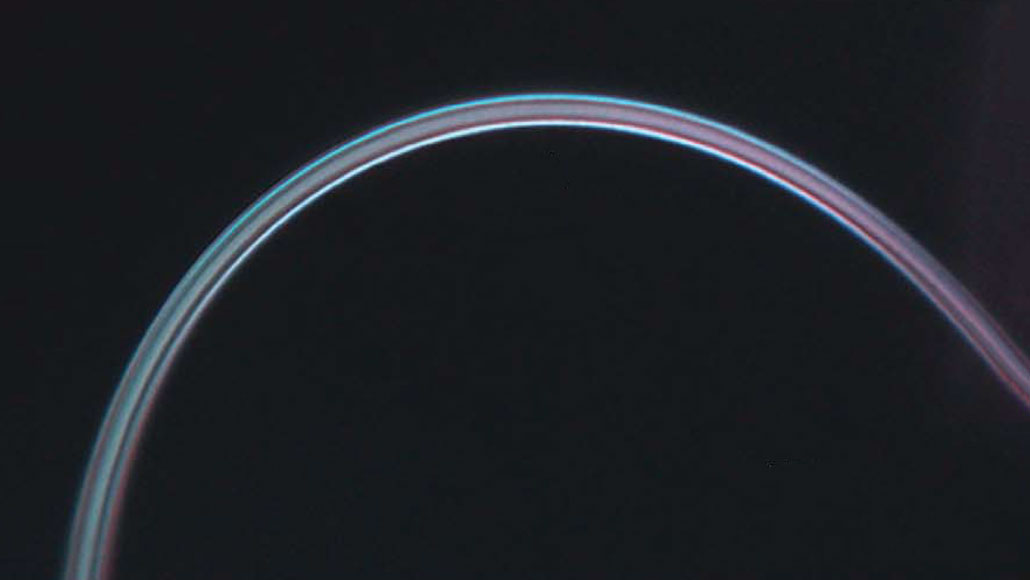colleague: Someone who works with another; a co-worker or team member.
compression: Pressing on one or more sides of something in order to reduce its volume.
crystal: (adj. crystalline) A solid consisting of a symmetrical, ordered, three-dimensional arrangement of atoms or molecules. It’s the organized structure taken by most minerals. Apatite, for example, forms six-sided crystals. The mineral crystals that make up rock are usually too small to be seen with the unaided eye.
diameter: The length of a straight line that runs through the center of a circle or spherical object, starting at the edge on one side and ending at the edge on the far side.
fiber: Something whose shape resembles a thread or filament. (in nutrition) Components of many fibrous plant-based foods. These so-called non-digestible fibers tend to come from cellulose, lignin, and pectin — all plant constituents that resist breakdown by the body’s digestive enzymes.
force: Some outside influence that can change the motion of a body, hold bodies close to one another, or produce motion or stress in a stationary body.
induce: To produce or cause something to happen. In physics, electromagnetic induction is the production of electricity with varying magnetic fields.
micrometer: (sometimes called a micron) One thousandth of a millimeter, or one millionth of a meter. It’s also equivalent to a few one-hundred-thousandths of an inch.
morph: Short for metamorphose, it means to change or transform from one form to another (such as from a caterpillar to a butterfly) or from one shape to another. Or it can mean to evolve or mutate, where one or more parts of the genome undergo some sort of change in their chemistry — and potentially in their function. (in non-living systems) It refers to some thing, some policy or some activity that has undergone change, becoming something that looks or seems new and different.
pore: A tiny hole in a surface. On the skin, substances such as oil, water and sweat pass through these openings.
pressure: Force applied uniformly over a surface, measured as force per unit of area.
pristine: An adjective referring to something that is in original or near-original condition. It means something is somewhat old but in a seemingly “untouched” or unaltered condition.
radius: A straight line from the center to the circumference of a circle or sphere.
shard: A piece of broken pottery, tile or rock, or a hard, broken piece of anything that has an irregular shape.
voltage: A force associated with an electric current that is measured in units known as volts. Power companies use high-voltage to move electric power over long distances.
water vapor: Water in its gaseous state, capable of being suspended in the air.









